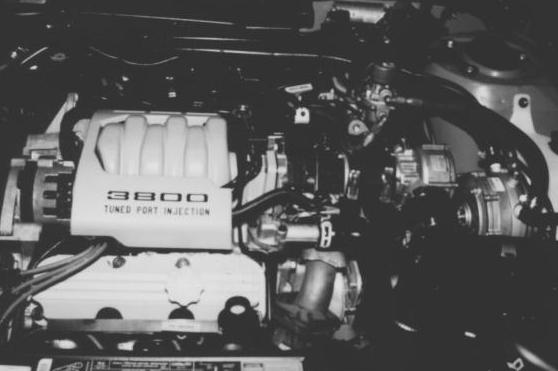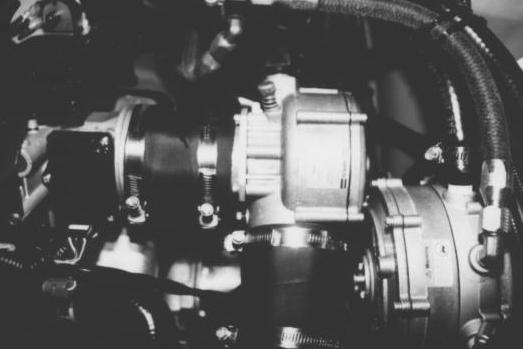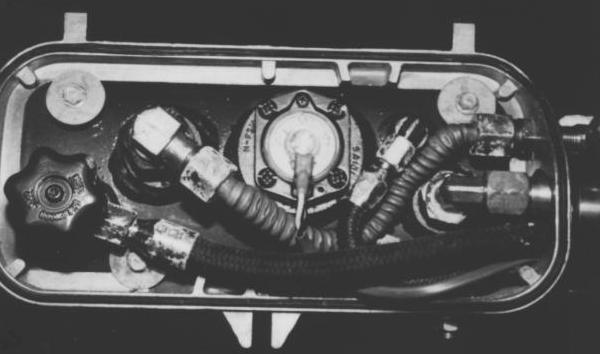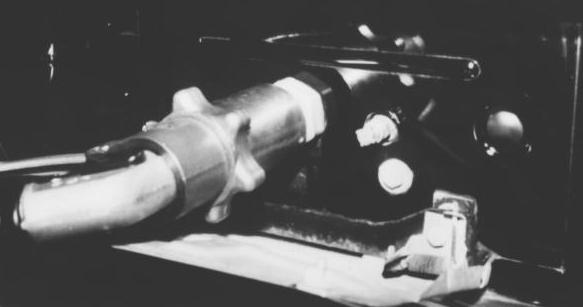







| LPG ALTERNATIVE FUELED VEHICLES | ||||||||
| Type of Vehicle | Type of System | Fuel System | ||||||
| Make, Model, etc. |
Type of Fuel(s) can be used |
Factory Installed |
Locally Installed |
Cost (Materials and Labor) |
Maintenance Changes |
Operational Characteristics Changes |
Available Fuel Station (Number Locally) |
Cost of Fuel |
| $ | ||||||||
| $ | ||||||||
| $ | ||||||||
| $ | ||||||||
| $ | ||||||||
| $ | ||||||||
Comments or questions to: TechAsmt@LA.GOV
Return to Automotive Menu